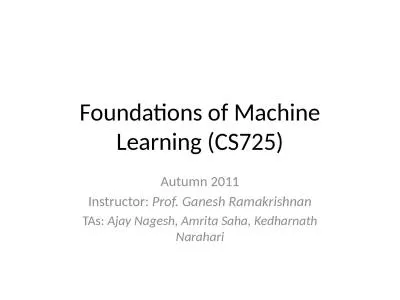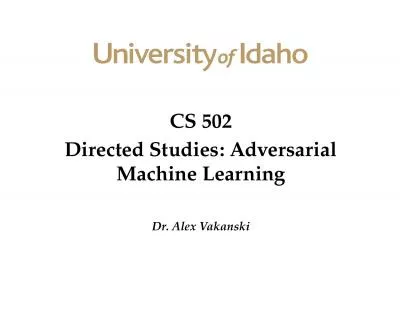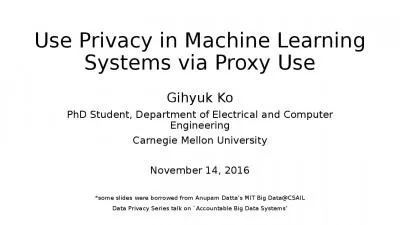PPT-Machine Learning basics
Author : phoebe-click | Published Date : 2016-02-18
David Kauchak CS457 Fall 2011 Admin Assignment 4 Howd it go How much time Assignment 5 Last assignment Written part due Friday Rest due next Friday Read article
Presentation Embed Code
Download Presentation
Download Presentation The PPT/PDF document "Machine Learning basics" is the property of its rightful owner. Permission is granted to download and print the materials on this website for personal, non-commercial use only, and to display it on your personal computer provided you do not modify the materials and that you retain all copyright notices contained in the materials. By downloading content from our website, you accept the terms of this agreement.
Machine Learning basics: Transcript
Download Rules Of Document
"Machine Learning basics"The content belongs to its owner. You may download and print it for personal use, without modification, and keep all copyright notices. By downloading, you agree to these terms.
Related Documents

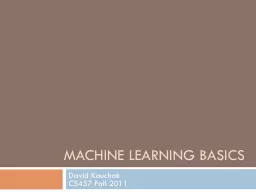
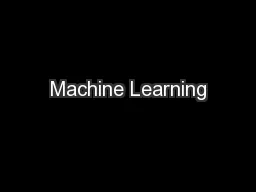
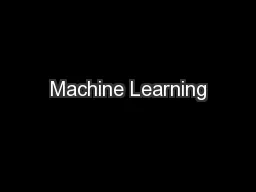
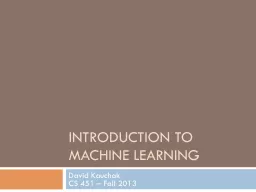
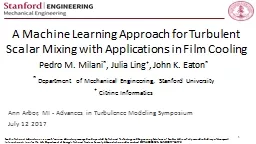
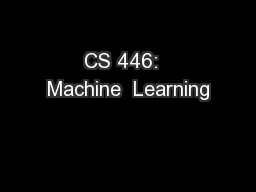
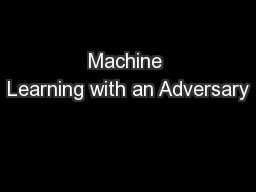
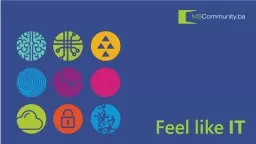
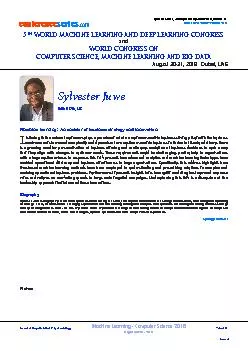
![[READ]-Machine Learning: Two-Book Bundle: Machine Learning: Master the Three Types of](https://thumbs.docslides.com/986795/read-machine-learning-two-book-bundle-machine-learning-master-the-three-types-of-machine-learning-hacking-computer-hacking-mastery.jpg)
